Grand Staircase-Escalante National Monument
It was our last day staying in Cannonville Utah. We had already hiked plenty in Bryce Canyon National Park. So we ventured out to explore Grand Staircase-Escalante National Monument.
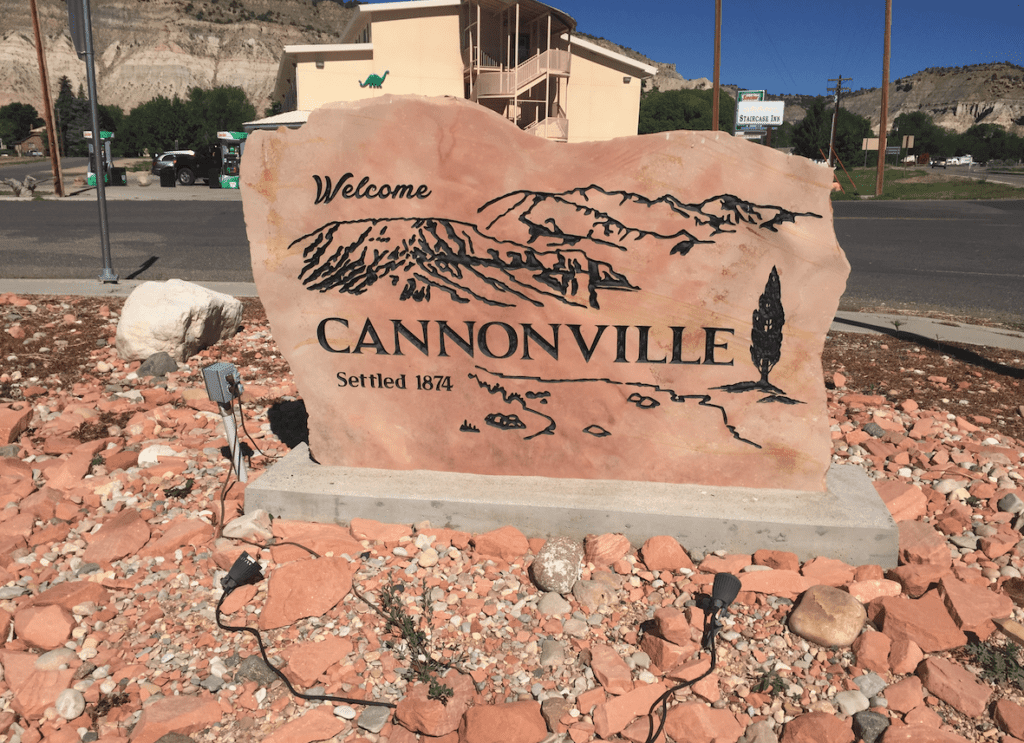
Visitor Center Was Closed
Firstly, we began with a stop at the Visitor Center located in Cannonville. However, during these Covid times, the Visitor Center is closed. At least this was the case during our visit in June. Later, we learned that there are at least two other visitor centers for the monument. So, based on our experience, we recommend checking in advance to know which of the visitor centers will be open during your visit.
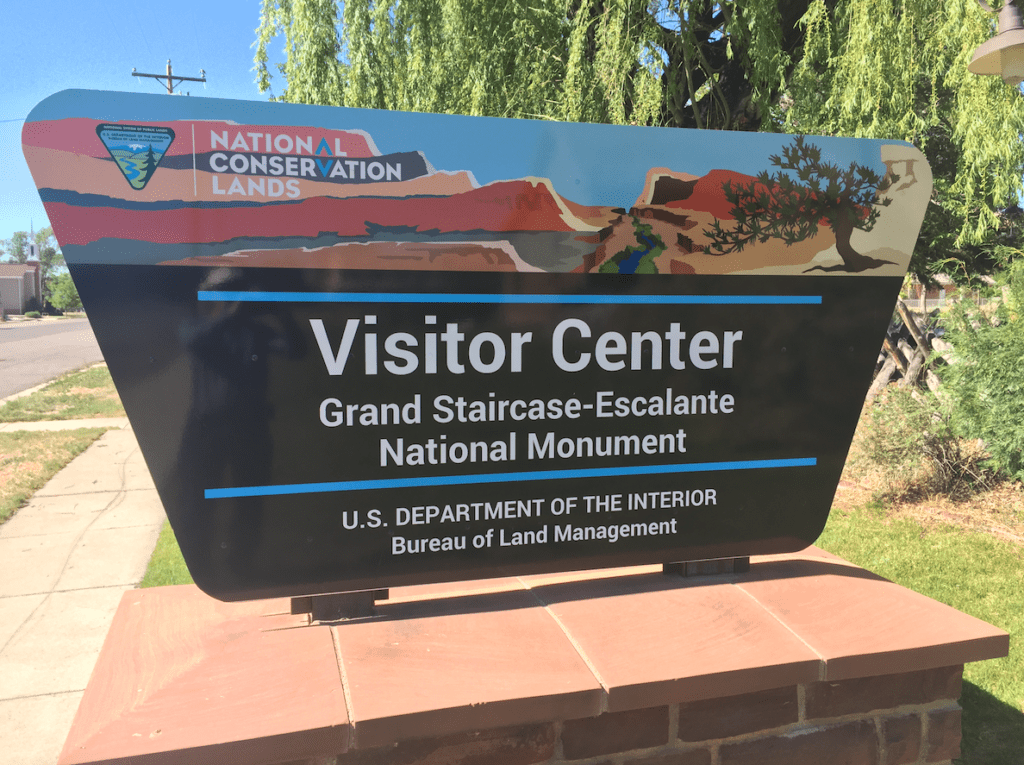
Learning about Grand-Staircase Escalante National Monument
During our visit at Kodachrome Basin State Park the prior day, we learned a some interesting points about this monument from posted signs there.
“Stretching from the Kaibab Plateau in northern Arizona to the Paunsaugunt Plateau in southern Utah, the Grand Staircase is a series of cliffs that form natural steps rising 5,000 feet from the bottom to top.
From where you stand, the pink cliffs of Bryce Canyon National Park can be seen to the west. These cliffs are the southern edge of the Paunsaugunt Plateau, the last and highest step in the staircase. To the south, the Paria River cuts its way through the staircase as it winds south to intersect the Colorado River near Lee’s Ferry, Arizona.
These giant steps are part of the Grand Staircase Escalante National Monument. Encompassing 1.9 million acres, the monument includes not only the Grand Staircase, but also the canyons of the Escalante River and Kaiparowits Plateau. It is an area of great geological diversity, unparalleled natural beauty, recreational opportunity and paleontological discovery.”
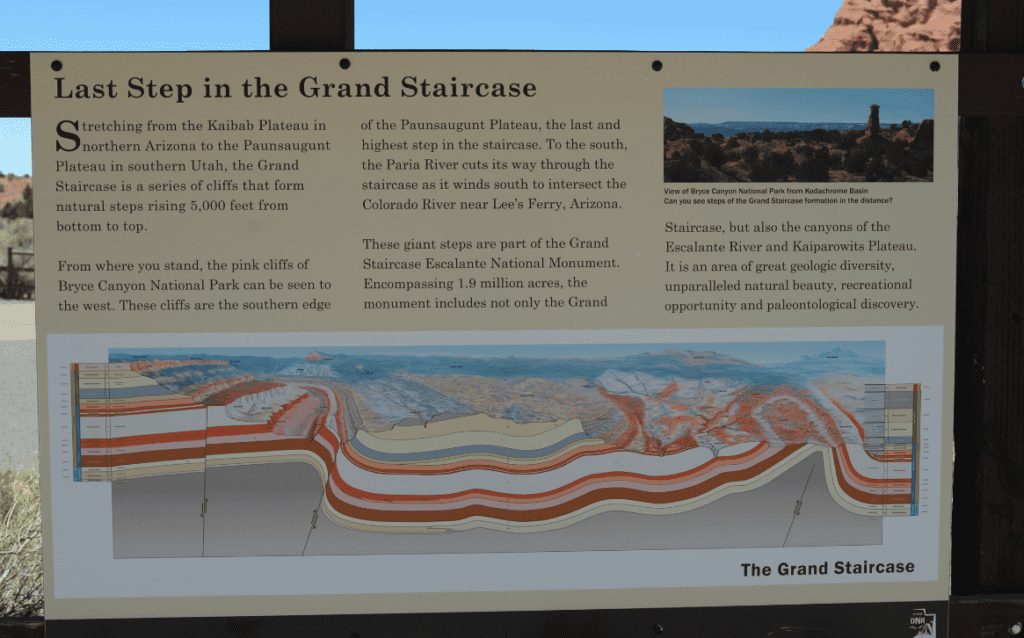
Exploring the Landscape by Car
We drove by car to explore just a sliver of the monument. It is so immense. At well over one million acres, it is about the size of Delaware. If time permits, you can explore this landscape more deeply by hiking the terrain. Given our schedule, we admired the landscape from a road trip via our car.
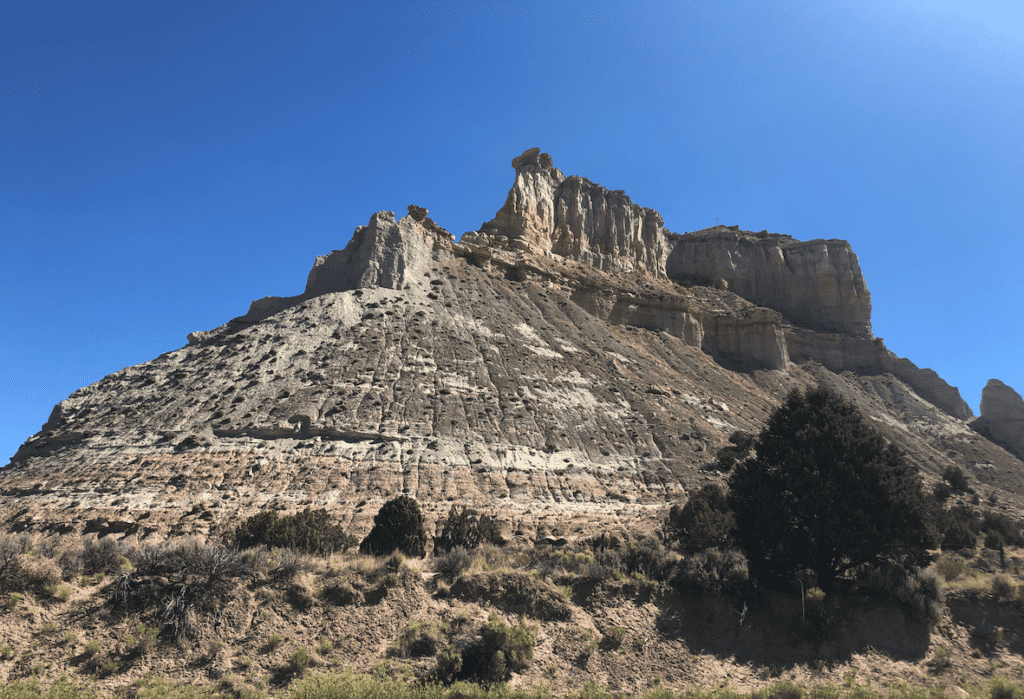
Scenic Highway 12
Once on the road, we seemed to have a large part of it to ourselves. There were barely any other vehicles traveling on Scenic Highway 12. There are turn offs every few miles that offer views, photography opportunity and good opportunities to take in the landscape. At one such turnoff, there were viewing scopes that were fixed in position to allow viewing into the hill across the highway. We stopped and took a look. Through the scope, we were able to see an ancient granary in the cliffside.
A Granary in the Cliffs
The cliffside at this stop off Scenic Byway 12, showcases an ancient Puebloan granary. Made from sandstone, you might easily miss it. A viewing scope is fixed at a road stop. This allows travelers to get a good view of this ancient feature. It is believed that several hundred years ago, ancient Puebloan people likely stored food in this location – perhaps cultivated corn and beans and wild edibles like rice grass and pinyon pine nuts.
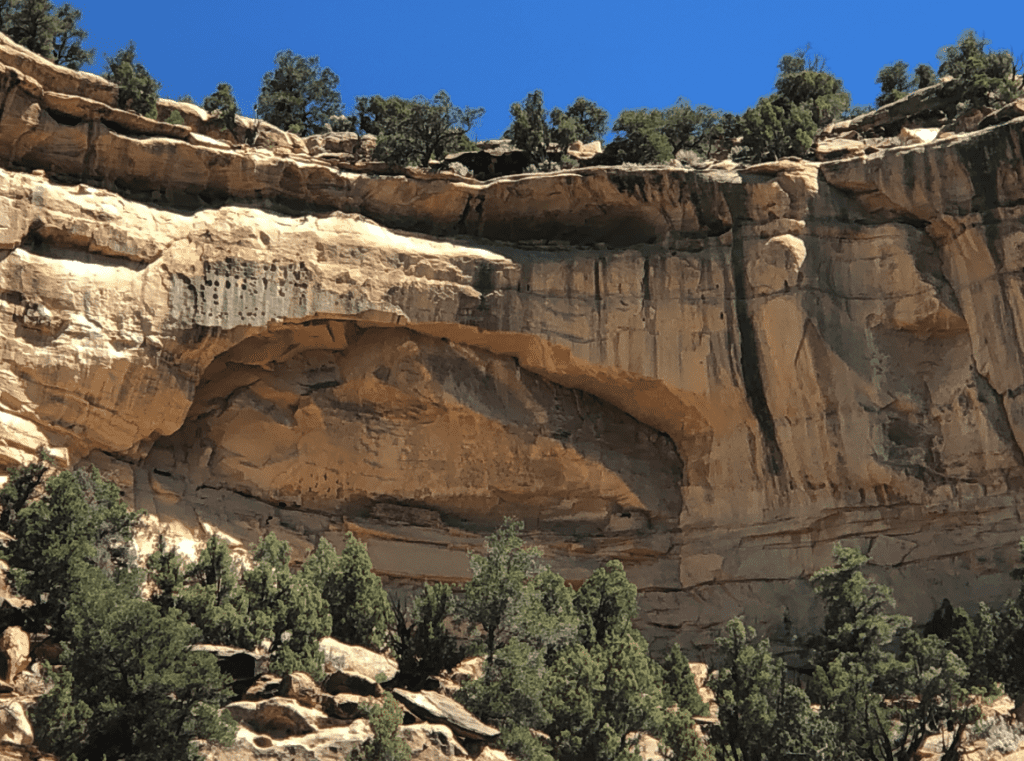
A Land and its People
The wide-reaching landscape of Grand Staircase-Escalante National Monument exerted broad influence over peoples who lived here through thousands of years. Among the earliest identified inhabitants of the land were the Fremont and Anasazi, Hopi, Paiute, Ute, and Navajo. These people found a home here and adapted in their own ways to this land.
The Town of Escalante
We drove as far as the town of Escalante on our main day exploring the area. While a road trip is one way to visit this area, there are more options to immerse yourself in the monument. If you like to hike, you will find plenty of hiking opportunities. While we did our fair share of hiking in the general area, we got our primary visual dose of the monument via a half day drive through just a portion of this historic landscape. So, we look forward to a future visit, when we can soak up more of its beauty and treasures.
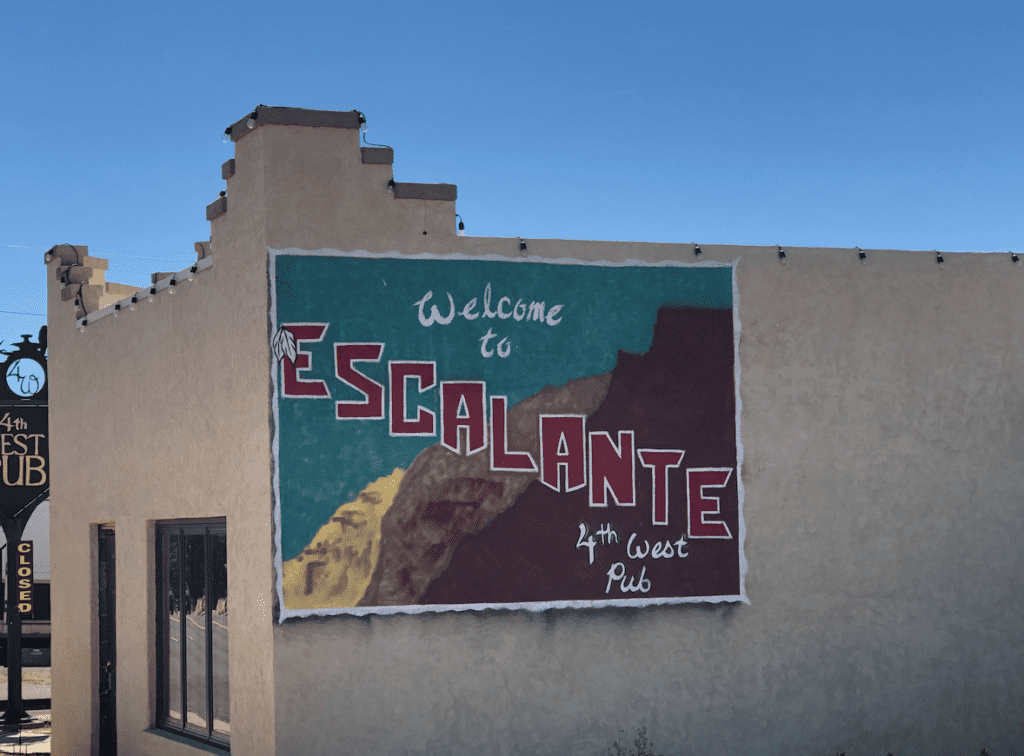
A Stop in Henrieville
Afterwards, it was time to turnaround back to Cannonville. On the return trip, we stopped in the small town of Henrieville, if only to stretch our legs for a bit. This town is named after James Henrie, President of Panguitch Stake of Zion. You’ll find no box stores or typical city conveniences in this town. Rather, the town folk exhibit a blend of self-sufficiency and neighborliness in their daily lives as they live in this rural community.
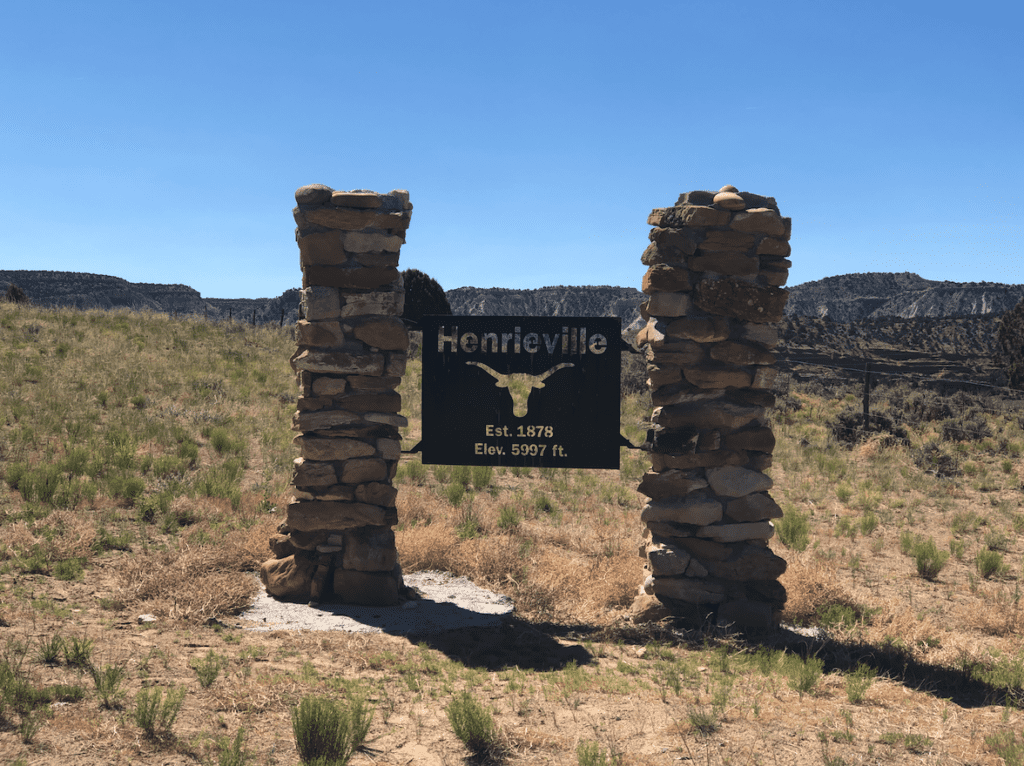
Great American Landscape
In conclusion, we recommend exploring Grand Staircase-Escalante National Monument. Really, if you’ll be in nearby Bryce Canyon National Park, consider this road trip as part of your itinerary.
This national monument is part of the Bureau of Land Management’s National Landscape Conservation System (NLCS). The Bureau protects some of the nation’s most remarkable landscapes. Also, the work of the NLCS helps to ensure that future generations can experience the solitude and splendor of undeveloped lands throughout the country.
Visiting this monument is easy if you travel to Bryce Canyon National Park. It is just a short drive away. You can read about our hike of the Fairytale Loop in Bryce Canyon at a related blog post.

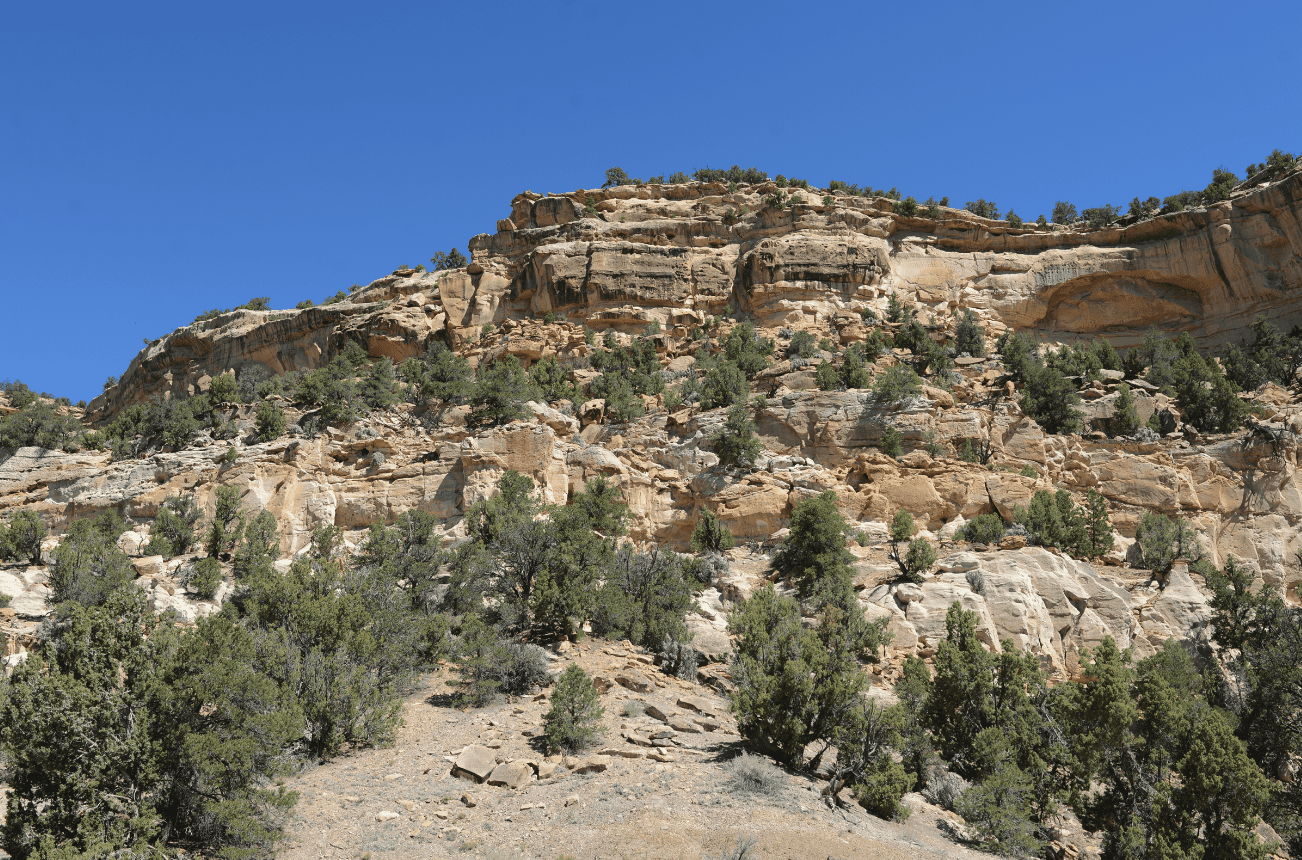
One Comment
Comments are closed.